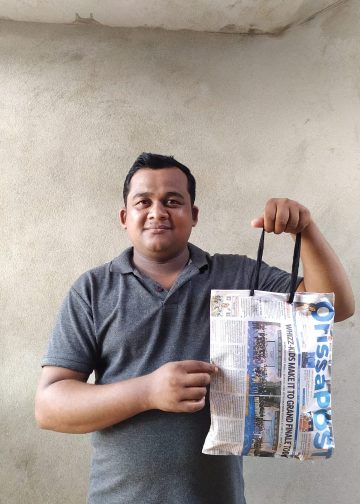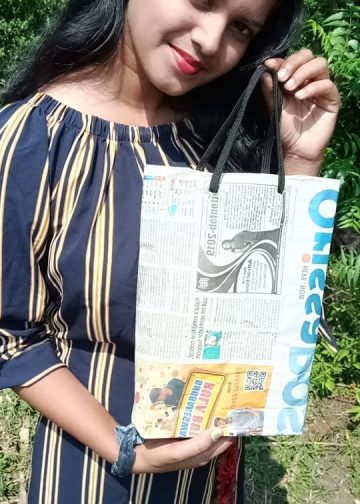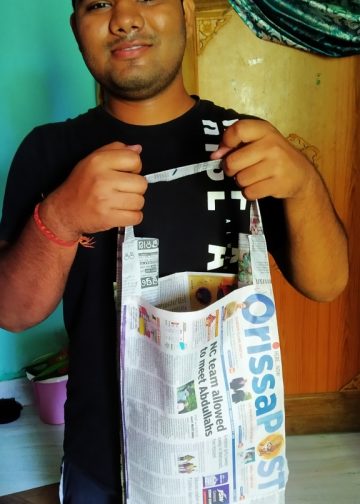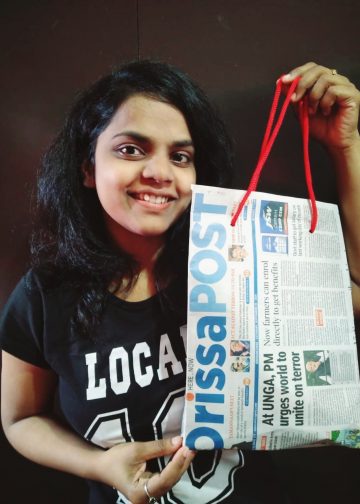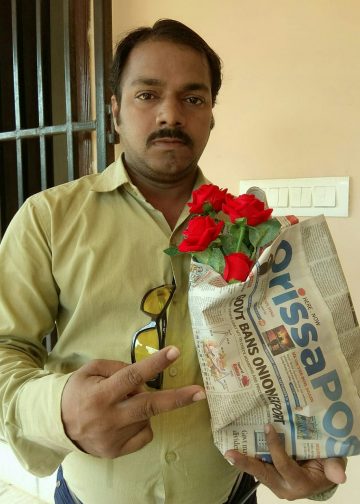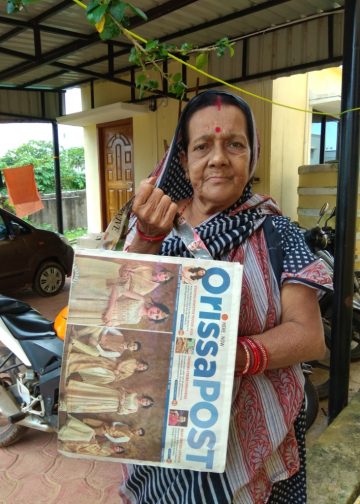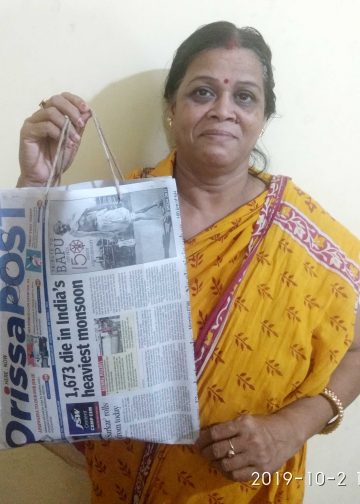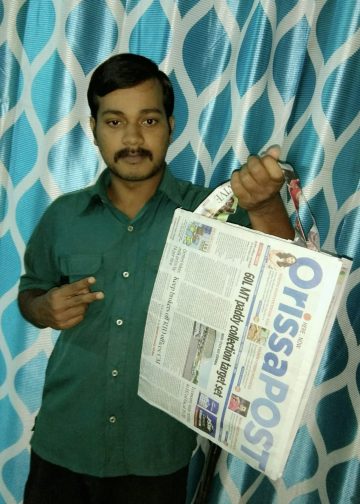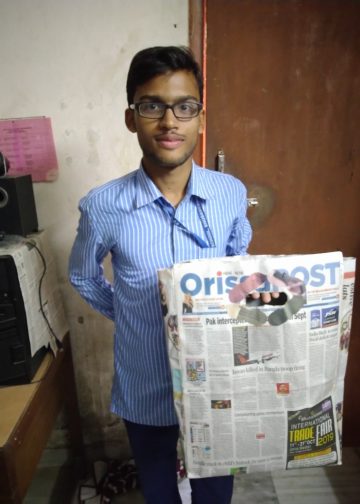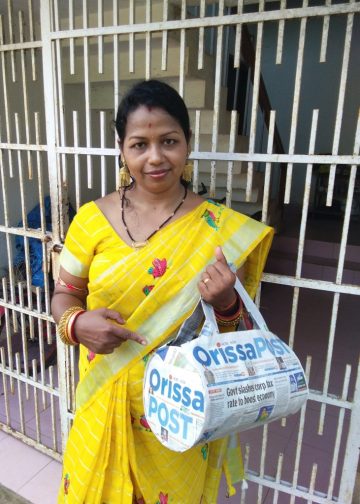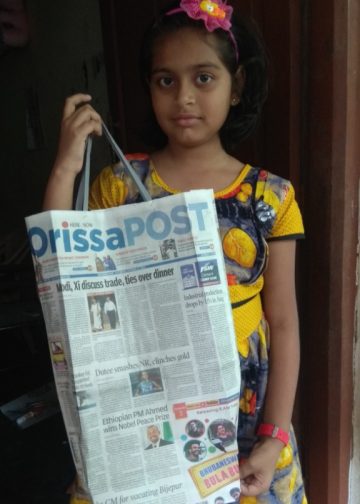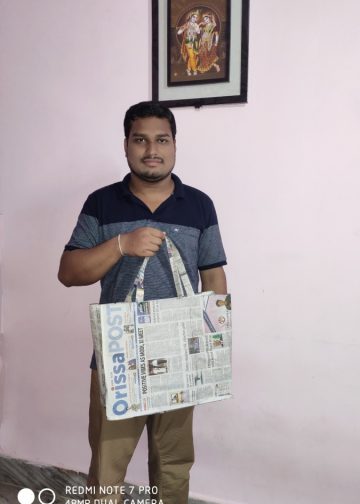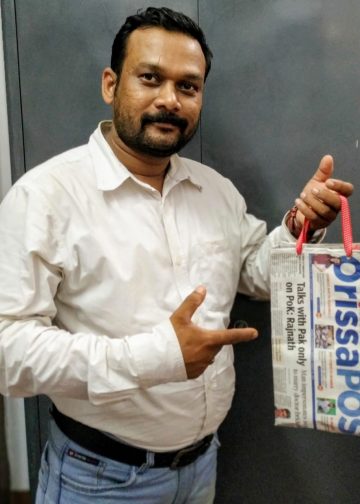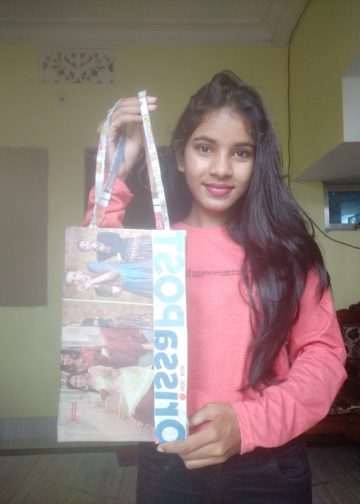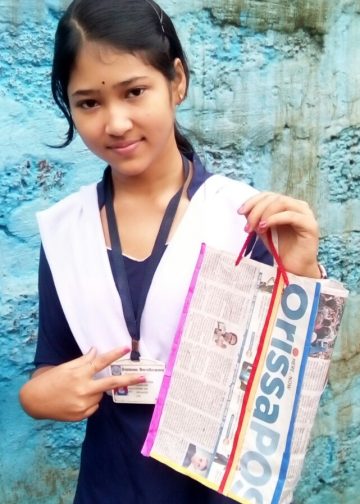Every year, during the month of June or July, the city of Puri in the Odisha state gets ready for the ‘Rath Yatra,’ a procession of three divine idols in huge, beautifully decorated wooden chariots. Thousands of devotees gather to see the procession even as a large number of enthusiastic devotees jostle with each other, eager to pull the chariots and thus serve the deities. It is not just in Puri, however, that the Rath Yatra processions are taken out. In far-off towns like Koraput, Keonjhar, Kendrapara, Baripada, Soro and Nilagiri too, Rath Yatra is celebrated with fervour. Celebrations are also held abroad organised by Jagannath devotees. Sunday POST lists a few places where the Rath Yatra is celebrated but in a different way.
Tribals in charge
Tribals are at the centre of the Rath Yatra celebrations hosted in the tribal population dominated town of Keonjhar and in Koraput. Through the years, the primitive tribes Juangas and Bhuyans have been an integral part of the management of this 347-year-old festival. They provide the sacred ropes for pulling the chariot and act as pilots during the Gundicha Yatra and Bahuda Yatra. It is mandatory to have a Paraja tribal leader perform the ‘chhera pahnara’ (sacred ritual of sweeping the chariot before the idols ascend them, a very important ritual that the King of Puri performs at the Puri festival) in Koraput.
Kendrapara Rath Yatra
The annual car festival of Lord Baladev in Kendrapara has a special religious significance. During the 17th century, the feudal zamindars owing allegiance to the Maratha rulers had built a temple to Lord Baladev. Being the elder brother of Lord Jagannath, Lord Baladev has a chariot that is bigger in size and shape. In the 72-ft gigantic chariot, Lord Baladev, brother Jagannath and sister Subhadra travel to Sri Gundicha temple. The car festival is observed for two days in Kendrapara, while elsewhere it is a one-day affair. Many from the Muslim community also take part in the Rath Yatra. The Kendrapara festival thus successfully brings together different communities.
Chariots move at sundown
Usually, the pulling of chariots after sunset is strictly prohibited in many areas. The Puri priests also protested a proposal to pull the chariots at night. But, in Soro in Balasore district, the tradition is to pull the chariot only after sunset. The chariot here starts moving only after the wheels of the Puri chariots stop in the evening. Daitari Parida, a local, says that he does not know when the ritual started but this has been the practice from as far back as he can remember.
Waiting to begin the Yatra
In neighbouring Nilagiri, the erstwhile princely state that was ruled by the Bhanja kings of Mayurbhanj, the deities ascend the chariots on the day of the Yatra but wait for the next day to begin their journey. While the chariots of Balabhadra and Subhadra are pulled on the day after the Rath Yatra in Puri, Jagannath’s Nandighosh starts rolling two days after the Puri Yatra. Here the car festival and the return car festival are spread over three days each.
Kid’s festival
In Gujarat’s Vadodara city, the Rath Yatra attracts hundreds of children who pull the Lord’s decorated chariot carrying the idols of Lord Jagannath, Lord Balaram and Devi Subhadra. This unique Yatra is organised by Prince Ashokraje Gaekwad School every year. Children pull the Lord’s Rath from the Jagannath temple to the school campus. The festival is celebrated on the second day of Shukla Paksha of Ashadh, the third month according to the traditional Oriya calendar.
Green Rath Yatra
On July 16, 2007, the villagers in Paikamal block of Orissa’s Bargarh district observed Rath Yatra in a unique, environment-friendly way. The whole idea of that Yatra was to tell the people to treat trees and forests as god and save the depleting forest wealth. The three chariots meant for the sojourn of the Lords were decorated with different plants and taken through some 15 villages of Paikmal to spread awareness among the villagers about the various plants that are grown in the nearby Gandhamardan hills. Thousands of saplings were planted during this ‘green’ Rath Yatra. Meetings and seminars were also organised in many villages to discuss various aspects of the environment. These meetings were attended by local forest officials, block officials and staff of the Government Ayurveda College of Paikamal. Laxmibai Panigrahi, a local, says, “This year we are again planning to spread awareness about the need to protect the environment among the villagers.”
Women to the fore
Mayurbhanj is popular for its unique car festival held at the district headquarters town, Baripada. The ‘extended pahandi’ and pulling of the chariot ‘Devadalan’ of Devi Subhadra by a ‘women only’ crowd is a symbol of women empowerment that dates to 1975.
The culturally rich city not only attracts crowds from the neighbouring districts, but also from other areas bordering Jharkhand and Bengal. The size of the crowd and the chariot in Baripada stands next only to Puri.
While efforts for women empowerment can now be seen across the state, Baripada has been leading the way for decades. During the celebration of the first International Women’s Year in 1975, the-then district collector of Mayurbhanj Bibekananda Pattanayak started the innovative practice of letting women pull the chariot of the little sister of the two Lords, Jagannath and Balabhadra, a tradition that was initiated when the nation had a woman prime minister and Odisha had a woman chief minister.
Chariot with iron chains
In the far-flung riverside village of Kakatpur in the Badihi gram panchayat of Kendrapada district, the villagers pull the chariot with iron chains. This tradition is based on the belief that the Lord should not be allowed to leave the village because if He forsakes the devotees, they would be in deep trouble.
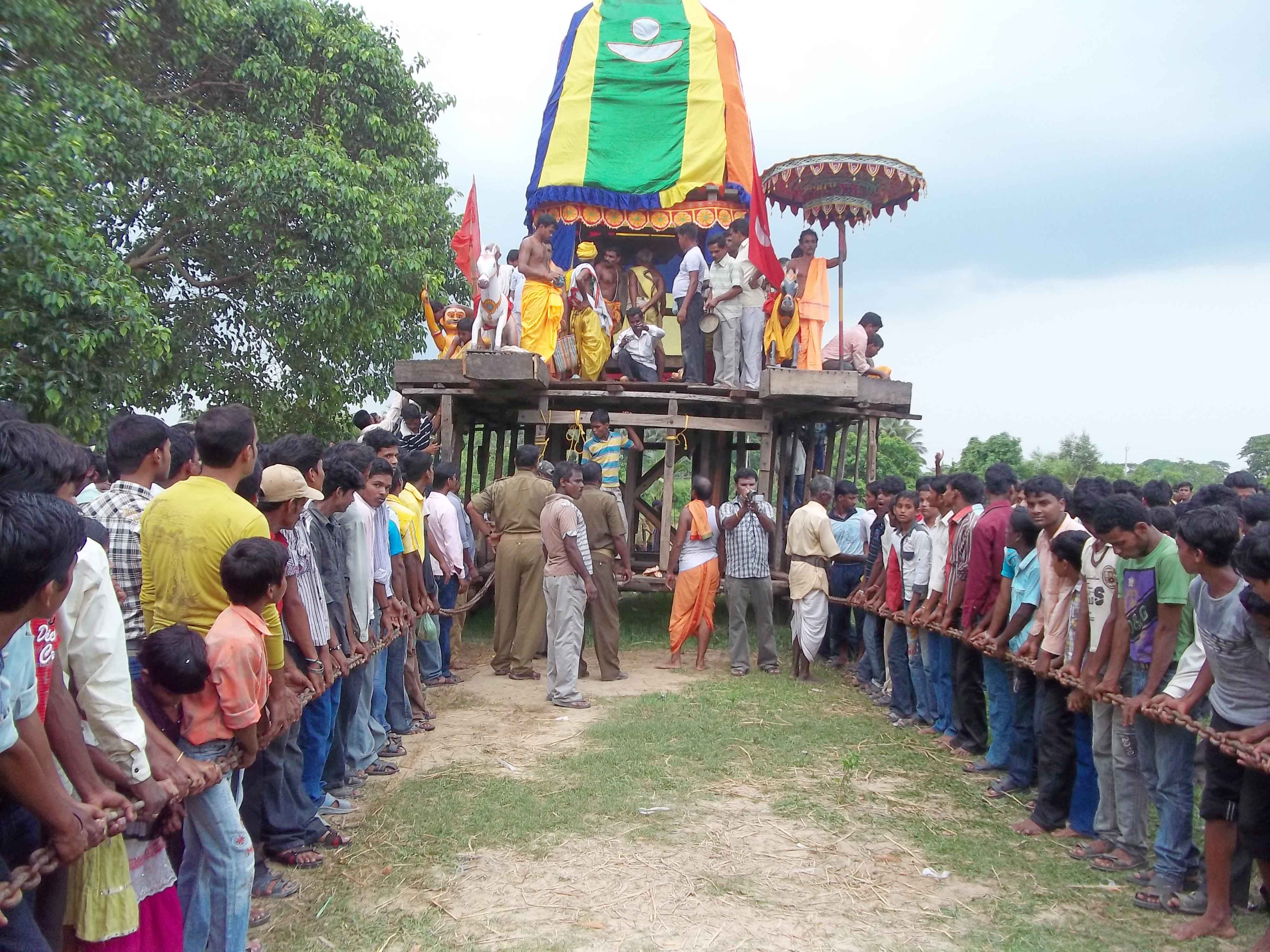
Temple trust board member Sarat Kumar Sahu said, “The practice of pulling the chariot with iron chains has been in vogue for the last three centuries. Legend has it that the deity had arrived at the shrine in the 18th century from a seaside village called Champagada, which was located near the Satabhaya coast and ruled by a tyrannical zamindar. It is said that the Lord had cursed the zamindar before leaving the village. The next day, the village was erased from the face of the map by rising seawaters.”
Not only is the Lord’s chariot pulled with iron chains on Rath Yatra day, the idol of Lord Jagannath in the temple is securely fastened at the back with an iron chain. The chain, however, is not visible as it is hidden under the apparel of the Lord.
No Yatra Day
While Rath Yatra is celebrated in Lord Jagannath temples across the globe, the festival is not celebrated at the 300-year-old temple in Marada of Ganjam district. Marada has a one-of-a-kind Jagannath temple where the temple structure exists, and daily rituals go on, but the Ratna Simhasana lies empty. The temple served as a safe hiding place for the deities of the Puri Jagannath Temple during 1733-1735 AD when Kalinga style temples were being targeted by Mohammad Taqi Khan, the Naib Nizam of Cuttack, who invaded Puri determined to insult Lord Jagannath and humilitate the Hindus.
Later, when the situation calmed down, the deities returned to Puri. As the deities had taken shelter at Marada, the place came to be known as ‘Sarana Srikhetra.’ Since there is no deity in the temple, the car festival is never observed here.
SOYONG, OP







